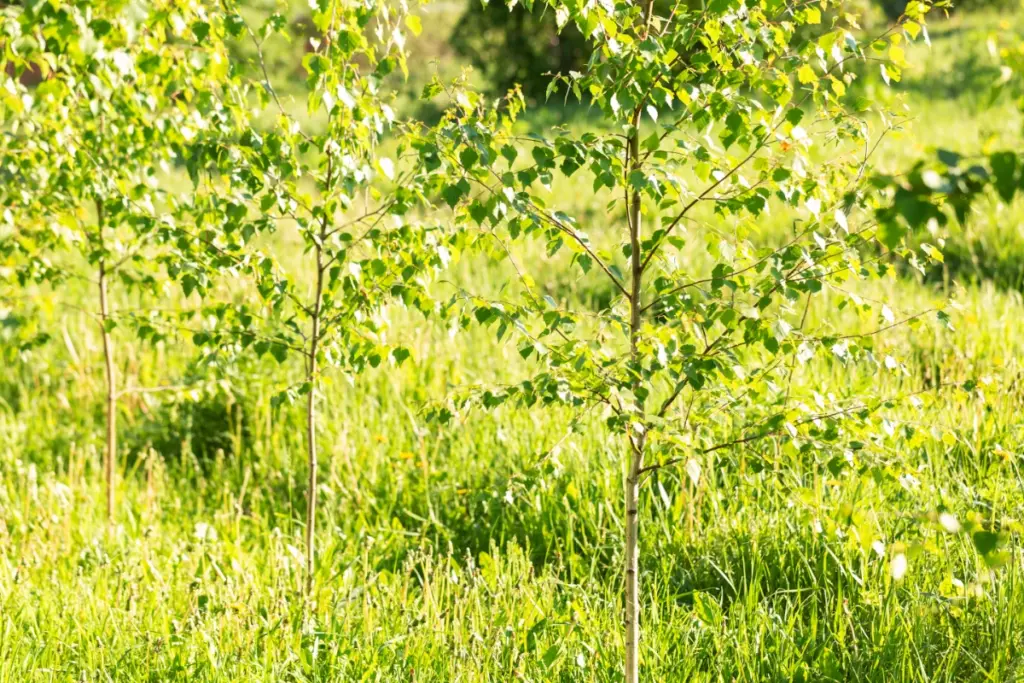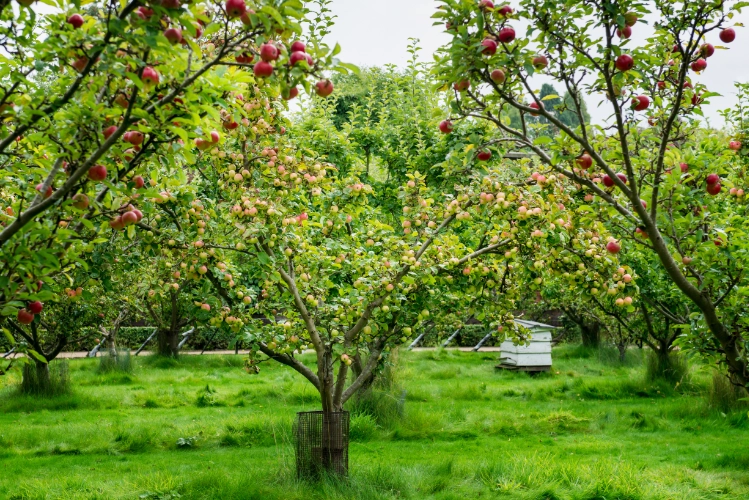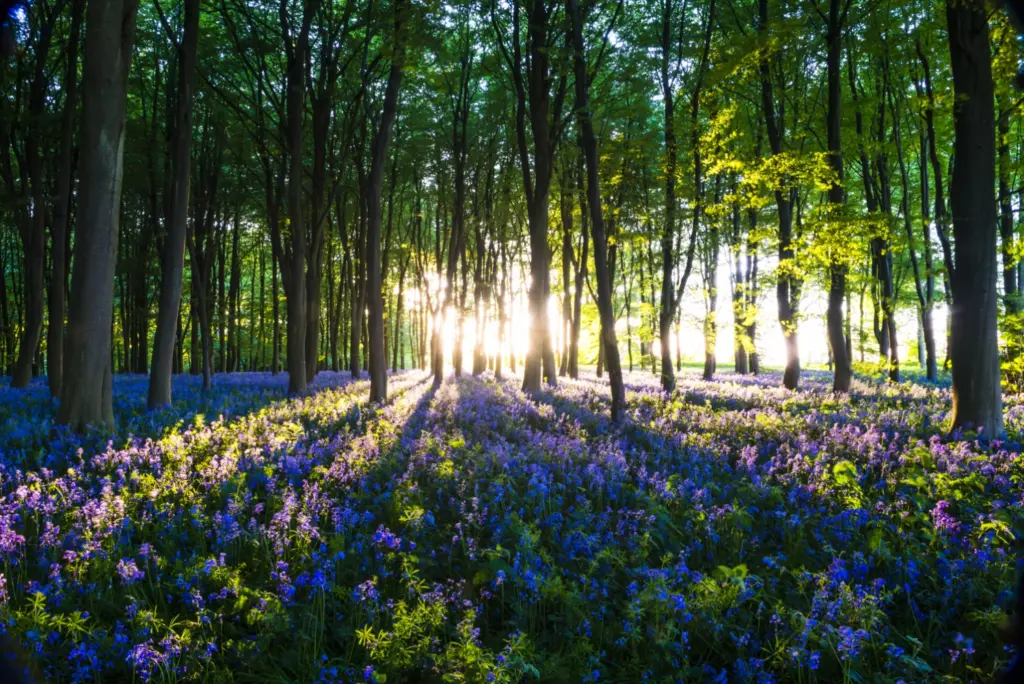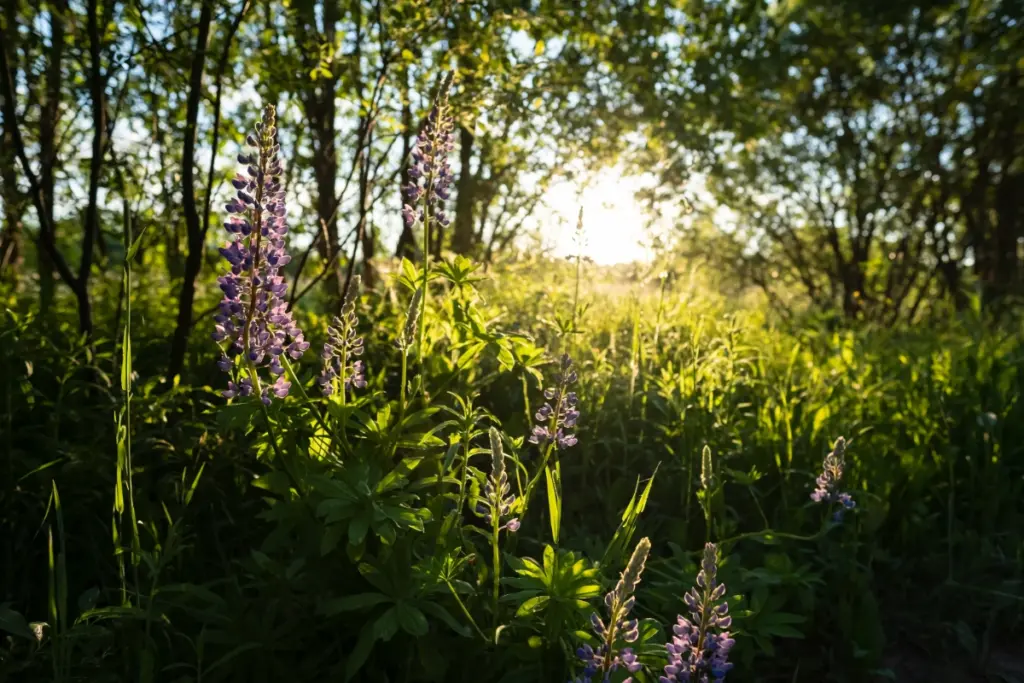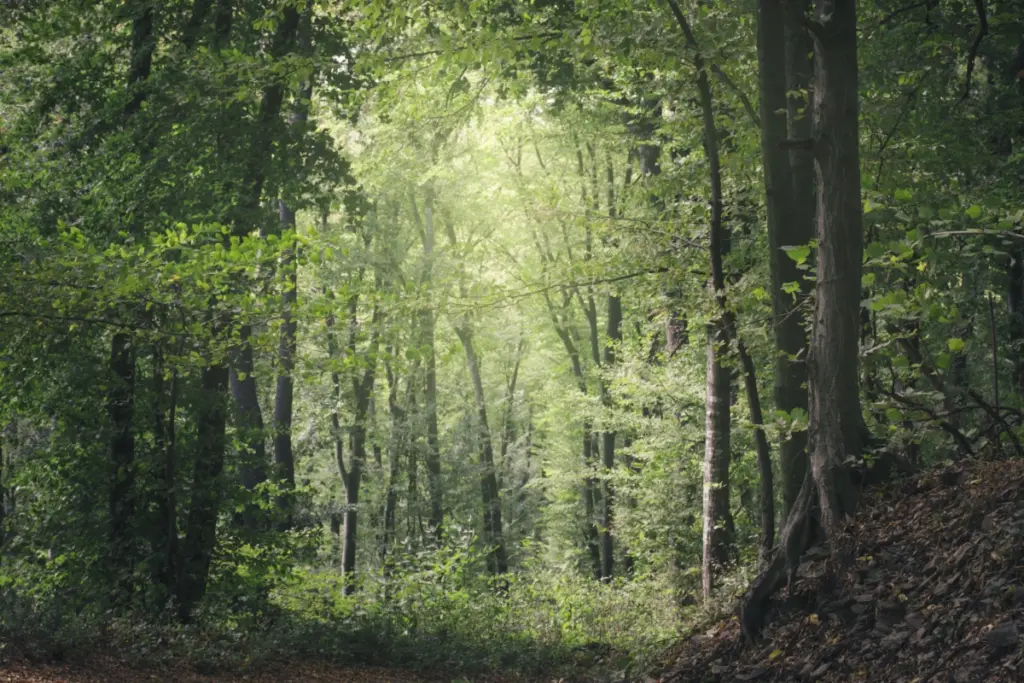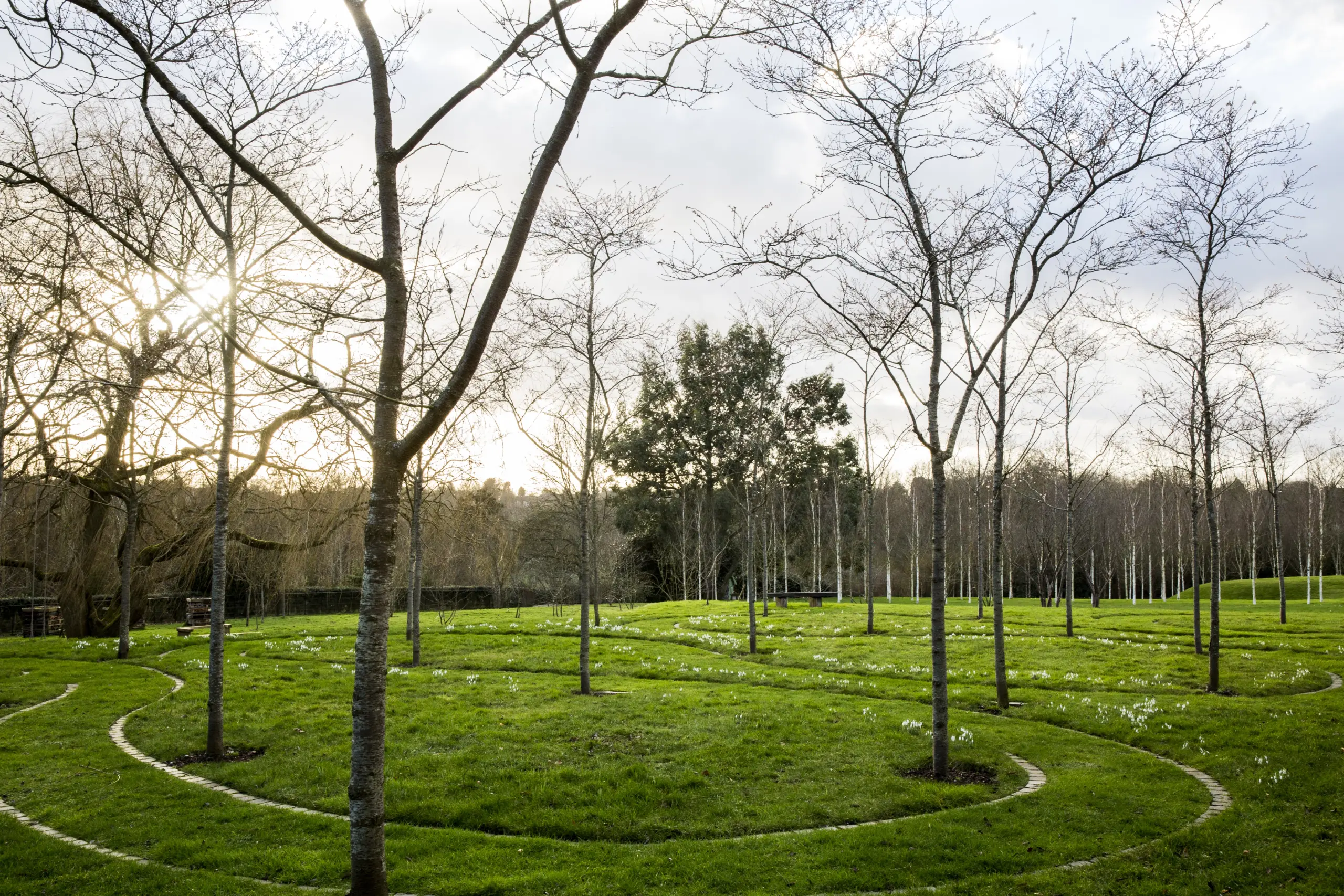A Guide for Landowners, Farmers, and Conservationists
Natural burials are growing in popularity in the UK as more people seek environmentally friendly, meaningful ways to say goodbye. Currently, around 7–9% of UK funerals are natural, and there are approximately 250 natural burial grounds nationwide. But demand is increasing—and so is the need for peaceful, green spaces where people can return to the Earth gently.
If you’re a landowner, farmer, or conservationist, opening a natural burial ground could offer a powerful way to protect land, support biodiversity, and diversify your income with a lasting, positive legacy. Whether you have wildflower meadows, ancient woodland, or underused pasture, turning your land into a resting place can be both practical and profoundly meaningful.
Why Open a Natural Burial Ground?
Opening a Natural burial ground is more than just a funerals—they’re spaces of renewal, remembrance, and regeneration. Opening your own offers many benefits:
-
Environmental Impact: Natural burials avoid embalming, concrete vaults, and harmful materials, helping protect soil, water, and wildlife. Trees, meadows, and native plants can thrive undisturbed.
-
Land Protection: Burial grounds are often protected in perpetuity. You can preserve your land from future development by giving it a new, lasting purpose.
-
Income Diversification: For farmers or rural landowners, natural burial grounds provide a low-impact, low-maintenance income stream that can complement conservation or agricultural work.
-
Community Need: Many areas in the UK still lack access to natural burial options. Creating a site in your area can offer real service to local families.
Legal & Planning Considerations
Opening a natural burial ground in the UK requires careful planning and legal awareness. Here are the key things to know:
-
Planning Permission Is Essential
You’ll need change-of-use planning permission from your local council to operate a burial site—even if you already own the land. This applies whether the land is agricultural, woodland, or pasture. -
Environmental Assessments
Some councils may ask for an ecological survey, soil testing, or impact assessments—particularly if the land is near protected habitats, watercourses, or Sites of Special Scientific Interest (SSSIs). -
Water Table Considerations
Burial sites must avoid areas with a high water table, typically needing at least 1 metre between the grave base and groundwater. Your environmental health department can advise on this. -
Record Keeping and Registration
You’re not required to register the site as a cemetery, but you must keep clear records of all burials, including mapped locations. Some operators use GPS tracking for precision. -
Public Access & Infrastructure
You’ll need to provide suitable access for hearses and visitors, as well as safe, low-impact paths or parking. Some sites include composting toilets or small shelter spaces. -
Insurance & Liability
Public liability insurance is essential. You’ll also need to comply with health and safety requirements, just as you would for any public or semi-public rural site.
It’s recommended to speak with your local planning officer early in the process to understand specific local requirements and avoid costly delays.
Choosing the Right Land
The right piece of land can transform into a beautiful and ecologically valuable resting place. While you can start small, some essential factors to consider include:
-
Size & Scope
Many natural burial grounds operate on just 1–5 acres. Consider how many burials you wish to accommodate, how much space you’ll dedicate to footpaths, tree planting, or community spaces. -
Location & Access
Easy access for vehicles and pedestrians is important. Remote locations can be peaceful but may pose accessibility challenges for elderly or disabled visitors. -
Soil Type & Drainage
Free-draining soils like sandy loams are ideal. Heavy clay or waterlogged soils may not be suitable for burial. -
Topography & Views
Gently sloping or flat land is easiest to manage, and views over open countryside or woodland create a deeply peaceful atmosphere for mourners. -
Biodiversity Potential
Native hedgerows, meadows, or woodlands can be restored or enhanced, helping to support bees, birds, and other wildlife while offering a truly living legacy.
Design & Layout of the Burial Ground
One of the most beautiful aspects of a natural burial ground is its integration with the landscape. Here’s how to design it with care:
-
Burial Zones
Divide the site into plots, ensuring graves are spaced in a way that allows natural growth to flourish. Some sites use tree plantings instead of headstones. -
Natural Pathways
Paths can be mown through meadows, created from bark chip, or left as foot-worn tracks. Avoid hard surfacing wherever possible. -
Seating & Shelter
Offer simple wooden benches or stone circles for quiet reflection. Small shelters can provide comfort without spoiling the natural aesthetic. -
Markers & Memorials
Most natural burial grounds prohibit headstones. Alternatives include trees, wildflower plantings, or engraved wooden markers. GPS location mapping is a popular and discreet option. -
Wildlife Features
Bird boxes, bat roosts, ponds, and bug hotels enhance biodiversity. You can also rewild parts of the site over time, turning your burial ground into a nature haven.
Burial Practices and Materials
Natural burial grounds follow simple, environmentally respectful burial methods. This means:
-
Biodegradable Materials Only
Only eco-friendly coffins and natural shrouds are permitted. This includes cardboard, wicker, willow, wool, bamboo, seagrass, and mushroom coffins. -
No Embalming
Embalming uses chemicals that can harm soil and water. Natural burials prohibit it to protect the environment. -
No Concrete Vaults or Linings
Graves are dug directly into the earth, allowing the body and coffin to return naturally to the soil. -
Shroud-Only Burials
Some sites allow or prefer burials without a coffin at all, using biodegradable shrouds made from wool, linen, or cotton.
These practices encourage decomposition and enrich the soil, forming part of the land’s natural cycle.
Operating Your Burial Ground
Once you’ve set up your natural burial site, you’ll need to manage day-to-day operations with care and transparency.
Booking & Enquiries
You can work directly with families or through local funeral directors. A clear, informative website is essential for sharing availability, pricing, and FAQs.
Record Keeping
Maintain a burial register with names, dates, and exact locations. Many use GPS-based apps or simple hand-drawn plot maps.
Site Maintenance
Natural burial grounds require less mowing and maintenance than traditional cemeteries. Focus on biodiversity management—planting wildflowers, pruning trees, and monitoring wildlife.
Policies & Pricing
Offer transparent pricing for plots, tree planting, memorial benches, or family sections. Make your policies clear about what's allowed on-site (e.g., no plastic flowers or headstones).
Accreditation
Consider joining accredited associations for recognition, guidance, and credibility.
Opening a Natural Burial Ground
Opening a natural burial ground is a unique opportunity to do something truly lasting—for people, wildlife, and the planet. It’s a way to offer comfort, protect land, and bring beauty and meaning into life’s final chapter.
With care, planning, and purpose, your land can become a sanctuary—where love, loss, and nature come together in the most peaceful way possible.
Information & Resources
Association of Natural Burial Grounds(ANBG) - Best practice for natural burial grounds.
In The Hill House
Watley Lane
Winchester, SO21 IQX
T: 0871 288 2098
E: contact@naturaldeath.org.uk
W: naturaldeath.org.uk
The Natural Burial Alliance (NBA) - Alliance of natural burial and green funeral professionals
E: hello@naturalburialalliance.co.uk
W: naturalburialalliance.co.uk
The Federation of Burial and Cremation Authorities (FBCA)
Greenlands Business Centre
Studley Road
Redditch
B98 7HD
T: 01527 275850
E: admin@fbca.org.uk
W: fbca.org.uk
The Association Of Green Funeral Directors (AGFD)
Garland House, Rawling St, Sittingbourne ME9 0RT
T:0330 221 1018
E: admin@greenfd.org.uk
W: www.greenfd.org.uk
Coffin, Casket and Shroud Association (CCSA)
Garland House, Rawling St, Sittingbourne ME9 0RT
T:0330 221 1018
E: admin@ccsa.co.uk
W: www.ccsa.co.uk
Research
Natural burial grounds: Guidance for operators - Ministry of Justice
Most Asked Questions
There’s no fixed minimum, but many natural burial grounds start with 1 to 3 acres. This provides enough space for paths, burials, and conservation areas. You can always expand the site over time if needed.
Only biodegradable, environmentally friendly coffins or shrouds are permitted—such as cardboard, wicker, willow, bamboo, wool, or felt. Embalming fluids and metal fittings are not allowed, as they harm the environment.
Yes. Although still under 10% of all funerals, demand is steadily rising as more people seek sustainable, nature-connected farewells. Many regions still lack a local natural burial option.
You must keep clear records of every burial—usually including the name, date, and GPS or mapped location of the plot. Some operators use simple maps; others invest in digital mapping software for accuracy.
Absolutely. Many sites offer memorial trees, wildflower planting, or natural benches in place of headstones. These options not only help with remembrance, but also support biodiversity and rewilding.

